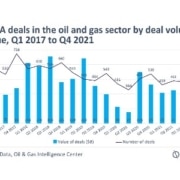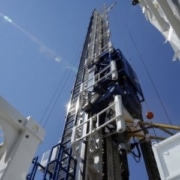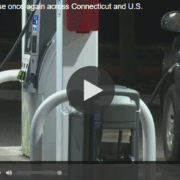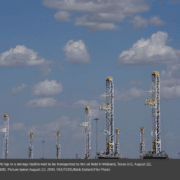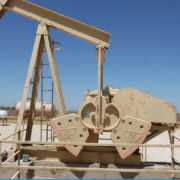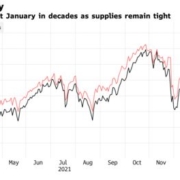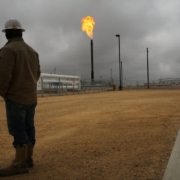A total of 74 billion-dollar deals were undertaken in the oil and gas industry last year. This is in comparison to only 40 in 2020 says GlobalData. The leading data and analytics company notes that oil price recovery encouraged companies to undertake more high-value deals. This is to push forward their growth plans. The largest deal in terms of value for 2021 is towards the end of the year. It is when prices were at multi-year highs. It involved the proposed US$13.9 billion acquisition of North Sea operator Lundin Energy by Aker BP.
GlobalData’s latest report, ‘Global M&A Deals in 2021 – Top Themes by Sector’, reveals that global mergers and acquisitions (M&A) activity in the oil and gas industry grew annually by 16% to reach US$335 billion in 2021, considering M&As with known deal value. All regions reported an increase in deal value in 2021. They did not include China, the Middle East, and Africa with the comparison to the previous year. However, in terms of deal volume, M&A activity was largely flat at around 1800 oil and gas deals in 2021.
The upstream sector contributed to the highest M&A transaction value of US$120 billion in 2021. It also recorded the highest growth of 48% compared to 2020.
Ravindra Puranik, Oil & Gas Analyst at GlobalData, comments: “This growth in deal-making was largely driven by the shale and subsea themes. The US shale plays, particularly the Permian Basin, remained the most attractive target for oil and gas M&As in 2021. The oil and gas assets in the North Sea also witnessed several deals in the last year.” This includes the one involving Lundin Energy.
Click here to read the full article
Source: World Pipelines
If you have further questions about the topic of oil price recovery, feel free to contact us here.

